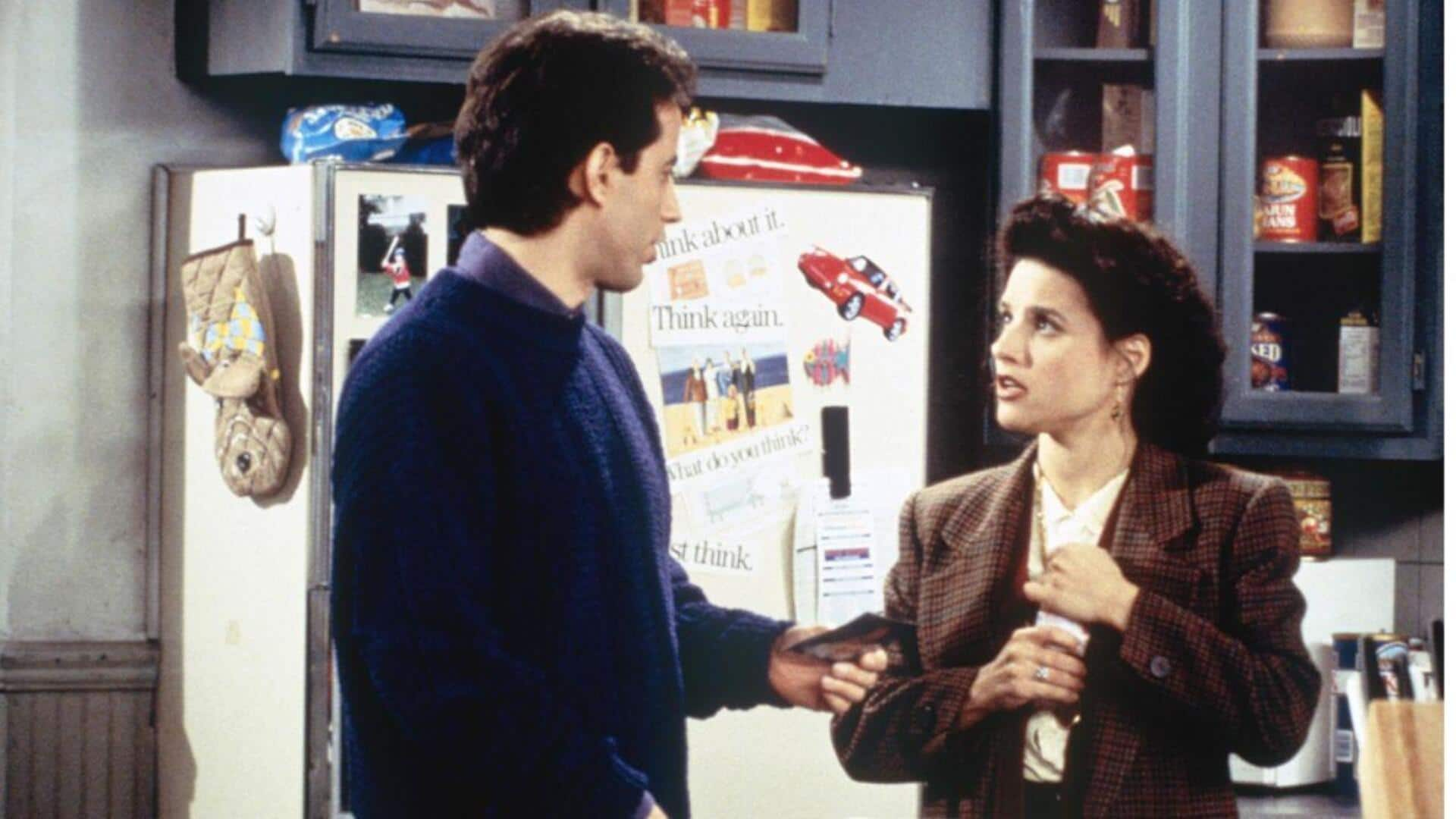
The secrets behind 'Seinfeld's famous apartment design
What's the story
For years, fans of the iconic television show Seinfeld have been fascinated by its iconic apartment layout. The apartment, famous for its peculiar design and unforgettable moments, is more than just a set; it is pivotal to the story. Here, we take a look at what inspired this iconic set and how real-life factors and creative decisions contributed to its signature look.
Urban influence
Real-life New York apartments
The Seinfeld apartment takes inspiration from real-life New York City apartments. The tiny apartment is a reflection of how urban living is, where one needs to make the most of every square foot. From the open kitchen to the living area, it's all reminiscent of Manhattan's older buildings. This makes the show more believable, relatable to those who know what city life is like.
Practical design
Television set design needs
Designing a television set is no easy task, and has to be done keeping filming requirements in mind. The Seinfeld apartment was designed accordingly, with wide doorways and open spaces for easy camera movements and proper angles for the lights. Such practical considerations mean that scenes can be easily filmed without breaking the visual continuity of episodes.
Personal touches
Character personality reflections
The layout of Jerry's apartment also reflects his character's personality and lifestyle. Elements like the bicycle hanging on the wall or his collection of cereal boxes add personal touches that give insight into his interests and habits. These details help create a lived-in feel, enhancing character development by subtly showcasing aspects of Jerry's life outside of what is explicitly shown on screen.
Sitcom trends
Influence from other sitcoms
Jerry's apartment design also borrowed from other popular sitcoms of the time. Open-concept living spaces were getting more popular on TV as they encouraged dynamic interactions between characters without physical barriers inhibiting movement or sightlines during scenes. This helped create an inviting environment where humor could organically flourish within shared spaces.
Visual appeal
Architectural aesthetic choices
Architectural aesthetics also shaped some features within Jerry's apartment. Exposed brick walls add texture, while neutral color palettes keep focus on characters rather than distracting backgrounds. All these elements contribute towards overall visual appeal, enhancing viewer engagement without overshadowing narrative elements present throughout the series' run time itself!